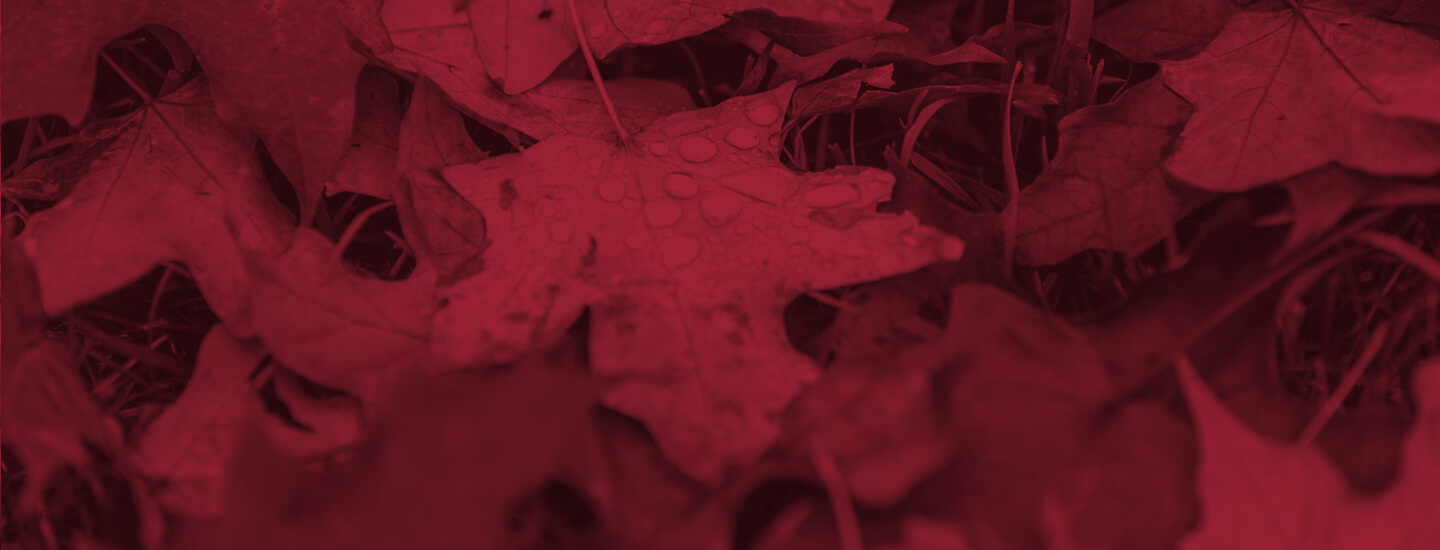Sunday, Mar 5, 2017
by Marianna Buseman
It is often noted that art is a reflection of life. Artists, through a variety of mediums, go about their lives and take in the things they see around them. They translate their environment into a multitude of ways that can reach a wide audience and connect with their own lives. Photographers in particular have an amazing position in capturing life. They capture one moment that is preserved forever, allowing viewers to look back and see all the changing details that were perfectly preserved in that moment.
Rider University students will have the opportunity to view the work of photographer Aubrey J. Kauffman through “Long Drives and Short Walks,” on exhibit in the Rider University Art Gallery in the Bart Luedeke Center from March 9 to April 16, with the opening reception on March 9 from 5 p.m. to 7 p.m.. They will also be able to hear him speak about his work at a talk in the Art Gallery on Thursday, March 23 at 7 p.m. Admission is free.
“I took a lot of pictures when I was young,” Kauffman said. “I had a camera when I was eight or nine years old. I took pictures of friends and neighbors. But then, when I was older I got more into sports. I didn’t get back into photography until I was in college and had to take a mandatory photography class for my major.”
Kauffman went on to receive his bachelor’s degree in media arts from New Jersey City University and later his Master of Fine Arts degree in visual arts from Rutgers University’s Mason Gross School of the Arts. He has taught at multiple educational institutes, including Middlesex Community College, Mercer County Community College, and at Mason Gross at Rutgers.
His style of photography, as anyone can see by looking through his work, is situational. The image has to resonate with him, and what Kauffman captures allows viewers to see things through his lens and the way he interacts with his elements.
“It’s about a feeling,” he said. “There is a solitude in the pictures I take, and I want people to understand why I took that picture at that time.”
The exhibit showcases Kauffman’s dealings with open spaces.
“While I was taking pictures, I would either have to drive there or just walk to the location, which is where the title comes from,” he said. “Sometimes it would be far from home. Others would be much closer. These pictures weren’t preconceived ideas. I just had to let the moment happen and find me. And I wasn’t always able to find what I wanted, so I’d have to wait for the next opportunity. I relied on discovery. That was a big part of the process.”
Professor Harry I. Naar, director of the art gallery and curator of Rider’s art collection, is well-versed in Kauffman’s work. The two have known one another for a long time. He exhibited one of Kauffman’s photos previously at Rider.
“He’s a wonderful photographer,” Naar said. “His photos allow viewers to enter the picture. They’re quiet; no action is happening between the things in focus. But they’re very sharp and clear, which adds to the mystery of the works. You see things and question them: where they are and why he came across those views.”
This is a common thread throughout Kauffman’s photos. They all focus on very stationary objects, like a large red building or a parking lot filled with cars. Each photo has a profound quietness that prompts the viewer to think about the situation behind them. Everything about these photos is in focus, and viewers can see that as they look at them. What makes them particularly startling is their large format, with some measuring as much as 4 feet in width..
“Sometimes, when I wasn’t able to find the shot I wanted, I would be frustrated,” Kauffman said. “But you can’t always find what you want. It’s not a still life, and the moments don’t always present themselves to you. You can’t get discouraged when you can’t find what you’re looking for, though. You have to move on and keep searching.”

